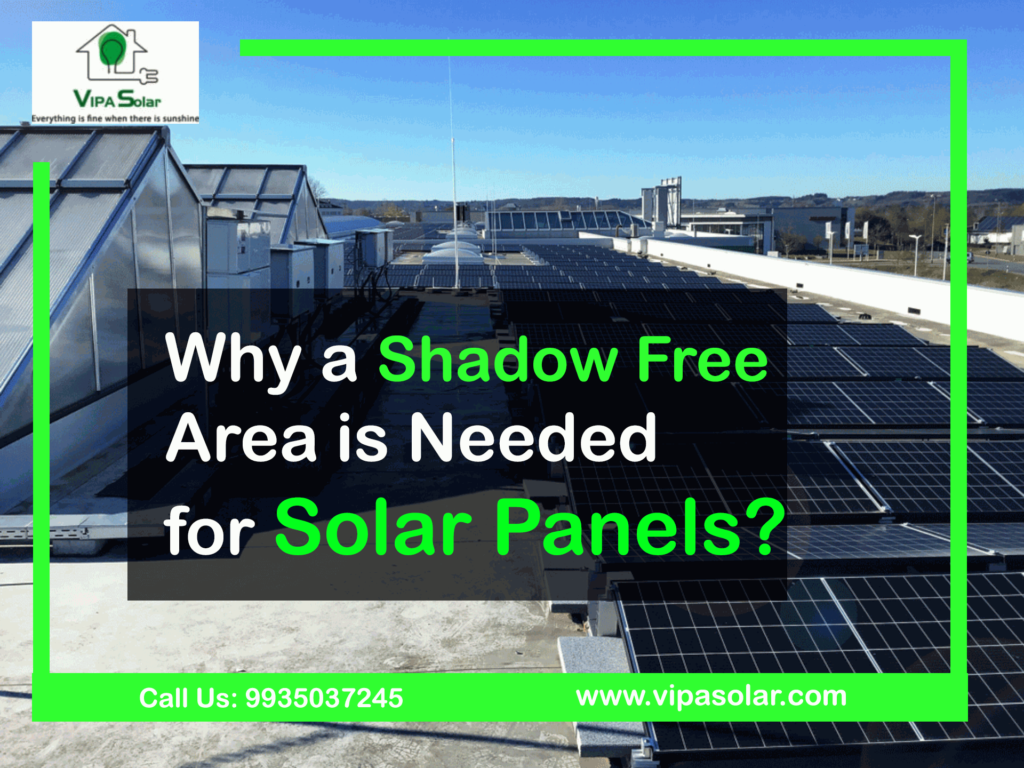An efficient solar power plant requires a shadow-free broad daylight area at your premise. The daylight area is the minimum size of the area that must be enclosed to allow the sun’s rays to penetrate and generate power. The objects like pipe, tree, wall etc. in-between the sunlight and solar panel decreases the power output.
In addition to that, the Ministry of New and Renewable Energy (MNRE) suggested a 10 square meters broad daylight area for one kW solar plant. Many of the consumers are not aware of the adverse effect and precautions to be taken while getting the installation done.
Impact of shadow on a Solar Power Plant?
1. Reduction in Output Energy
The reduction in solar plant output energy due to shadowing can be significant, depending on the location of the shadow. In some cases, the reduction can be as much as 50%. However, if the solar panel installation is done properly, such a problem will not be a matter of concern for installers.
2. Problem in approval of Net Metering
The net metering policy provides consumers the right to receive compensation for each extra power unit they send to the utility grid. Therefore, they can reduce their electricity bills considerably or even earn revenue from their rooftop solar plant.
A frequent problem faced due to the cast of shadow on solar panels is getting the net meter bills approved by the electricity board. It can also impede the approval of net metering.
3. Warranty Concerns
The manufacturers of solar power modules recommend installing solar modules only in the broad daylight shadow-free areas to ensure their warranty.
Possible Solution to Avoid shadows casting on Solar Panels
1. Proper Installation
Before installation, a site visit by the installer is a must. They should check for the convenient place of solar panel installation and check for the shadows and the future concerns of the plant. Consumers should consider all seasons of year and installers should take care of positioning of the solar plant as per the shadowing.
2. Timely Cleaning of Solar Panels
Efficiency of the solar plant is affected by the dust and other small molecules present in the environment. Frequently cleaning and checking the condition of your solar panels is a key to maintaining the efficiency of the solar plant.
3. Proper Spacing between Solar Panels
To avoid the instances of one solar panel casting shadow to another solar panel you can increase the distance between solar panels. This will help you get the most of the solar power system by maximizing the amount of sunlight that each panel receives.
Conclusion
Hence, it is advised to customers as well as installers to select a shadow-free broad daylight location for solar panel installation for durability of solar modules and better ROI.
VipaSolar’s design team inspects each customer’s location thoroughly and identifies the appropriate plant structure in order to ensure maximum returns from the installed solar plant.
Planning to Go Solar this season? Let’s Talk or you can contact us through vipasolar@gmail.com & +91 9473545251


